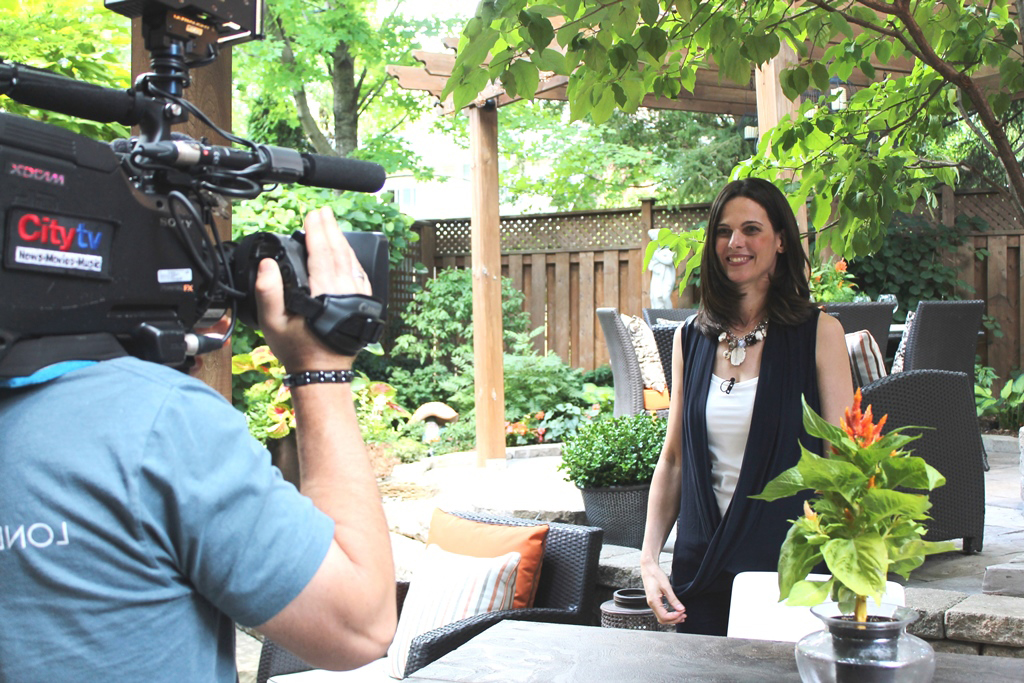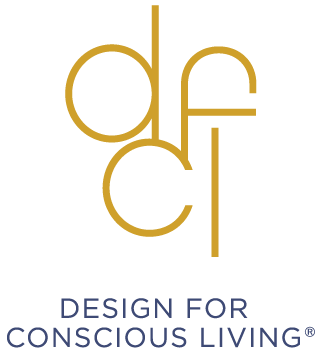
Celia on site
One of the things to look for in an interior designer is that they have a transparent and honest online presence, especially when it comes to their portfolio or project gallery. You can find many great articles online listing what to look for in an interior designer, or the top ten questions to ask when you are vetting an interior designer; but there is one question that I notice is missing from most of these articles. That question is whether the designer’s portfolio belongs to them.
About a year ago, I was at a conference in Toronto on outdoor garden design. During the two-day conference, I mingled with many professionals in my industry and for various reasons we exchanged business cards. A few days after the conference I was going through the contact information for a local Toronto designer I had met and when I looked at her website portfolio I immediately recognized one of the images. It was a professional photo taken of a bathroom with large river rocks arranged in a floor pit under the vanity. I remembered it because it was an unusual and beautiful design and I had saved it to one of my idea books in my Houzz account.
Coincidentally (or not) a few days later I came across the same photo on HOUZZ as I was doing a search for vanity mirrors. I noticed then that the image on Houzz reportedly belonged to a designer in the USA so I looked up the American designer’s website and called her straight away to let her know. She was infuriated and rightly so. I was also infuriated and rightly so. Anyone who is in the interior design business knows that the execution of an interior photo shoot especially by a professional photographer is costly and time consuming. We’re talking potentially as much as $10,000 if you add up the designer’s time to stage the space, the cost of the photographer and all the extra photo shoot costs like fresh flowers and accessories. The American designer was very grateful for my call and a few weeks later I noticed that the photo of her vanity was no longer on the Toronto Designers website. However, there remained an eclectic mix of other very professional looking photos on the bogus Toronto Designer’s website that I can only assume were not her own.
In most cases a designer’s portfolio is a labour of love. A lot of hard work, sweat and money goes into adding those images to our body of work. Which is why it is becoming increasingly common for bogus designers to rip them off. So, when you are going through the steps of choosing an interior designer for your project make sure to ask them if their portfolio images are a representation of their own work. If you would like proof, ask to visit one of the project sites, or request the contact information of the photographer who took them.






